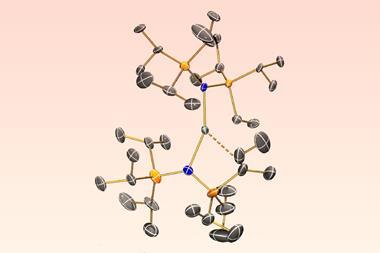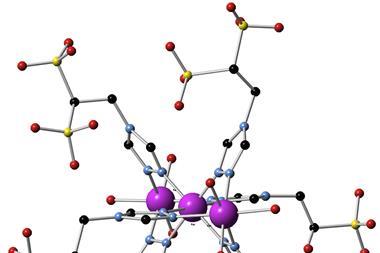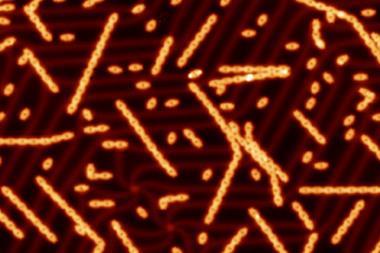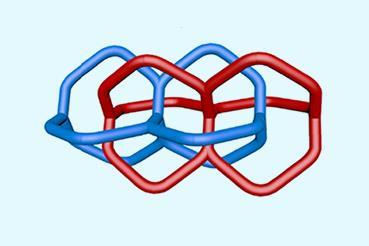I hadn’t come across magnonics until I read Rachel Brazil’s feature, and altermagnets, which might play a role in that field, were equally unfamiliar to me. But they quickly grabbed my attention. Here’s why.
Our knowledge of ferromagnetism stretches back thousands of years – early civilisations observed it in naturally magnetised minerals like lodestone (magnetite). In ferromagnetic materials, the intrinsic magnetic dipole moments align in parallel, producing a net magnetic field. This strong macroscopic magnetisation is what makes ferromagnets so useful today, from data storage devices to loudspeakers, you might even have some stuck on the door of your fridge.
Meanwhile, antiferromagnetism is where neighbouring magnetic dipole moments align in opposite directions, cancelling each other out. Known about since the 1930s, antiferromagnets have a vanishingly small net magnetisation. In many ways they behave as nonmagnetic materials, although they still have hidden magnetic order. Their robustness against magnetic disturbance and vanishing stray fields has made them attractive candidates for spintronic devices. But the absence of strong spin-dependent effects means their real-world potential has remained limited.
Altermagnetism has properties of both ferromagnetism and antiferromagnetism. It’s a distinct form of magnetic order where the magnetic dipole moments align antiparallel to their neighbours, but the atomic structures hosting each spin are rotated relative to one another. This sees altermagnets have no net magnetism, just like antiferromagnets, and yet strong spin-dependent responses to correctly oriented external electric and magnetic fields, as seen in ferromagnets.

Theoretical predictions of this new class of magnetism emerged between 2019 and 2021, from four independent research groups. And while it was named altermagnetism in 2022, only early last year were these predictions directly verified with experiments on manganese telluride. Then late last year, researchers succeeded in imaging altermagnetic order for the first time using a combination of x-ray spectroscopy and photoemission electron microscopy.1
Though still in its infancy, publications on altermagnetism have exploded in the past few years, with at least 50 compounds already predicted to be altermagnetic, illustrating the intense interest in this field. Magnonic and spintronic devices are at the top of the list for potential applications of altermagnetism but some researchers hope it could also help them develop better superconductors.
Magnetism remains one of the most fundamental and technologically vital areas in condensed-matter physics. As the emerging field of altermagnetism shows, our understanding of magnetism, as with so many other topics, may be incredibly detailed. But it’s by no means complete.
References
1 OJ Amin et al, Nature, 2024, 636, 348 (DOI: 10.1038/s41586-024-08234-x)
Additional information
S S Fender, O Gonzalez and D K Bediako, J. Am. Chem. Soc. 2025, 147, 3, 2257 (DOI: 10.1021/jacs.4c14503)

















No comments yet